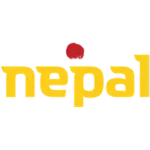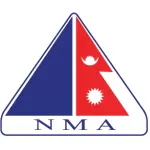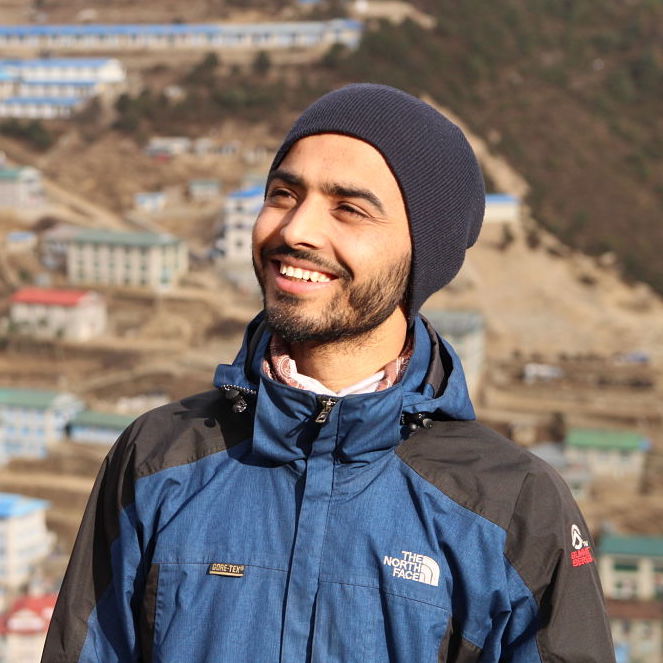Climate of Nepal
The climate of Nepal varies with its topography and altitude. It ranges from the tropical to the arctic.
The low-land is called the Terai and has a maximum altitude of approximately 300 meters. The Terai lies in the tropical southern part of the country, and has a hot and humid climate that can rise above 45 Degree Celsius (113 Degree Fahrenheit) during summer. The mid-land regions are pleasant almost all the year round, although winter nights are cool. The northern mountain region, around an altitude above 3300 meters has an alpine climate. Here you can expect considerably lower temperatures, especially in the winter.
Spring ☀️
March – April – May
In March, the trekking season kicks in as the weather gets warmer. The spring trails are less crowded than in autumn, but clouds are more likely to roll in and obscure the views.
In April it is slowly getting hot in the lowlands and the Terai, but the rhododendrons are in full bloom at higher elevations, making this the third most popular month for trekking.
In May, the dusty run-up to monsoon pushes the mercury over 30 degrees Celcius in the Terai and Kathmandu.
The best treks in Nepal during spring:
Summer 🌧️
June – July – August
In June, July and August is monsoon in Nepal.
The monsoon rains lash big parts of Nepal, bring swollen rivers, muddy trails, landslides and leeches. However, certain trekking regions are significantly less affected by the monsoon where you can enjoy your trek safely and relatively dry.
The best treks in Nepal during summer:
- Higher areas of the Annapurna Circuit Trek (18 days)
Autumn ☀️
September – October – November
Crystal-clear Himalayan views and comfortable temperatures means peak season and competition for airline seats, hotels and mountain lodges, so book ahead.
Also, Nepal celebrates its biggest festival called Dashain in October.
The best treks in Nepal during autumn:
Winter ❄️
December – January – February
The continued good weather makes winter also a good season to travel Nepal and have great mountain views.
It is perfect for outdoor activities and trekking. However, the winter brings chilly nights, even to Kathmandu. And due to snowfall at higher elevations, you can have delays with your domestic flight or with your trek if mountain passes close.
The best treks in Nepal during winter:
- Poon Hill Trek (5 days)
- Mardi Himal Trek (7 days)
- Tilicho Lake Trek (14 days)
- Everest Base Camp Trek (11 days)
- Bird Watching Trek & Tour (5 days)
Spring
In March, the trekking season kicks in as the weather gets warmer. The spring trails are less crowded than in autumn, but clouds are more likely to roll in and obscure the views. In April it is slowly getting hot in the lowlands and the Terai, but the rhododendrons are in full bloom at higher elevations, making this the third most popular month for trekking. In May, the dusty run-up to monsoon pushes the mercury over 30 degrees Celcius in the Terai and Kathmandu.
Summer
In June, July and August is monsoon in Nepal. The monsoon rains lash big parts of Nepal, bring swollen rivers, muddy trails, landslides and leeches. However, certain trekking regions are significantly less affected by the monsoon where you can enjoy your trek safely and relatively dry.
Autumn
Crystal-clear Himalayan views and comfortable temperatures means peak season and competition for airline seats, hotels and mountain lodges, so book ahead. Also, Nepal celebrates its biggest festival called Dasain in October.
Winter
The continued good weather makes winter also a good season to travel Nepal and have great mountain views. It is perfect for outdoor activities and trekking. However, the winter brings chilly nights, even to Kathmandu. And due to snowfall at higher elevations, you can have delays with your domestic flight or with your trek if mountain passes close.







